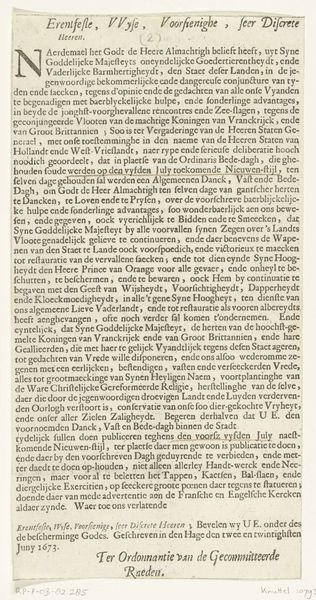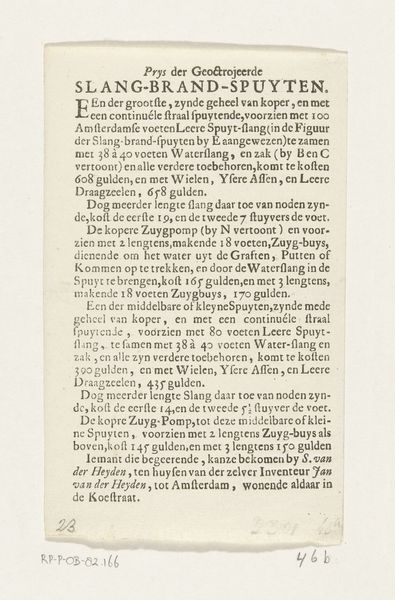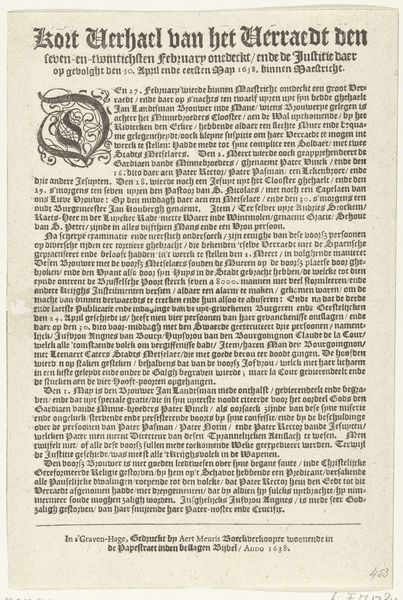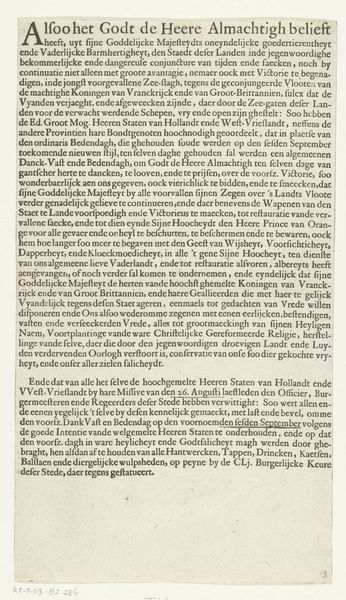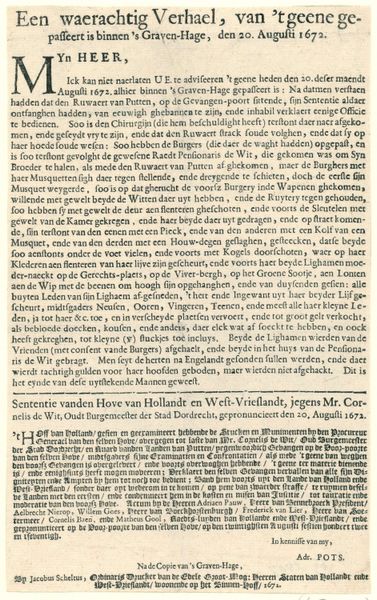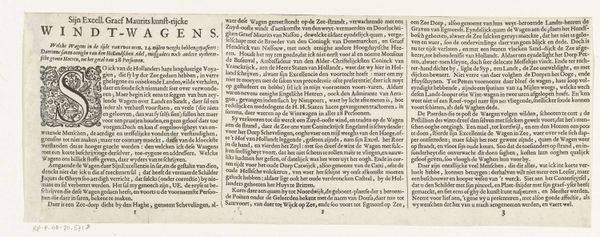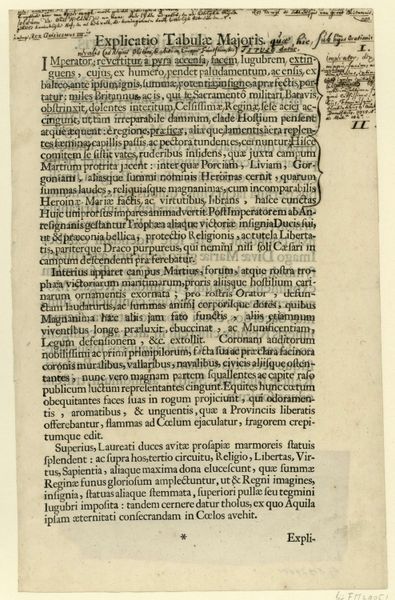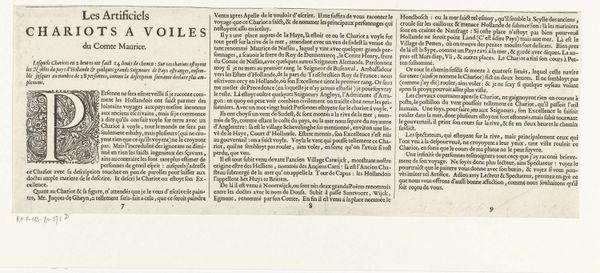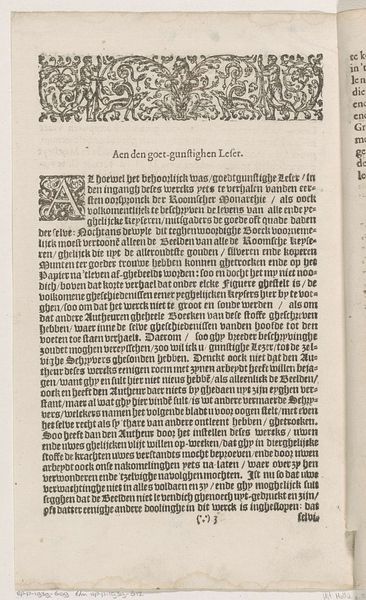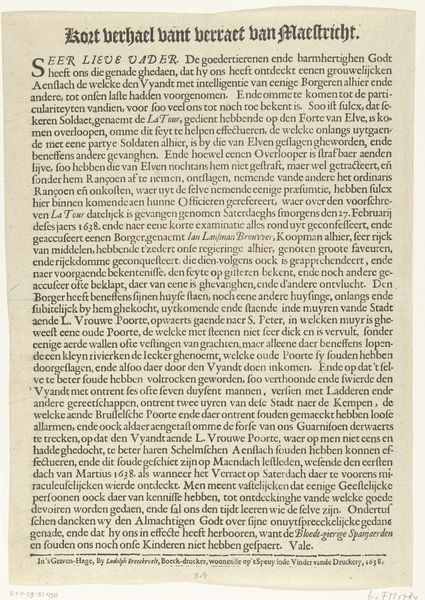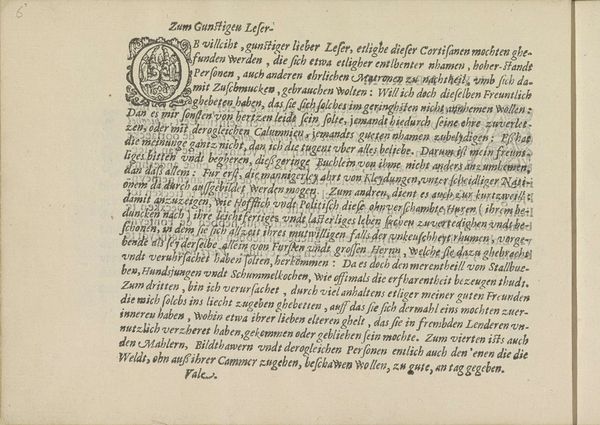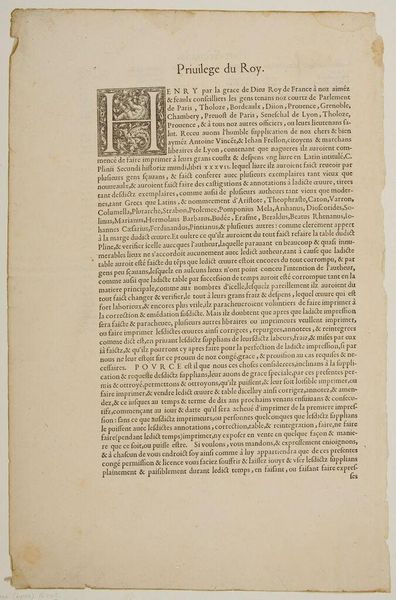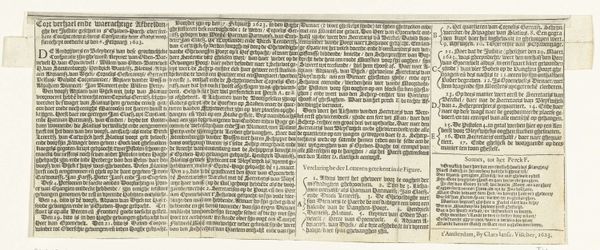
Twee tekstpagina's uit: Le véritable plan et pourtrait de la maison de la Ste. Vierge Maria de Lorette, 1649 1649
anonymous
Rijksmuseum
print, typography, engraving
text
11_renaissance
typography
engraving
Dimensions: height 249 mm, width 151 mm
Copyright: Rijks Museum: Open Domain
Curator: Here we have two pages of text, "Le véritable plan et pourtrait de la maison de la Ste. Vierge Maria de Lorette" from 1649, currently held at the Rijksmuseum. It’s an engraving with typography, attributed to an anonymous artist. Editor: It’s visually imposing, a solid block of text demanding careful reading. I can almost feel the weight of centuries bearing down. It looks almost like a manifesto. Curator: Indeed. This is a religious text, recounting the story of the Holy House of Loreto, believed to be the Virgin Mary's house miraculously transported from Nazareth. We have to remember the 17th century’s intersection between religious faith and political power when thinking about its creation. Editor: The typography itself is interesting; there is a densely packed, consistent texture that guides the reader's eye. It also hints at the perceived authority the printed word held at that moment in history. The symbols embedded in the initial capital letter add layers to unpack. Curator: Precisely! Consider the socio-political ramifications of circulating such narratives at this time. The text constructs a very specific, even miraculous, origin story, solidifying the House of Loreto as a potent site of pilgrimage and, consequently, a site of power within the Catholic world. This reinforces specific religious ideologies amidst broader European conflicts. Editor: I am drawn to the repeated imagery—'holy house,' 'miraculous transportation.' These phrases build up a visual lexicon of divine intervention. We are seeing an effort to create symbols of devotion through printed word. The psychological power of repeatedly visualizing this transfer is palpable. Curator: Right. So understanding that historical context, especially the narratives used to legitimize religious sites and consolidate religious power, helps us deconstruct this seemingly straightforward religious text. It becomes an artifact steeped in intersectional layers of identity, belief, and power. Editor: It is powerful how visual rhetoric and textual narrative are synthesized here, constructing and perpetuating potent religious symbols across time and space. You leave the listener contemplating how devotion, memory, and propaganda have become entwined.
Comments
No comments
Be the first to comment and join the conversation on the ultimate creative platform.
